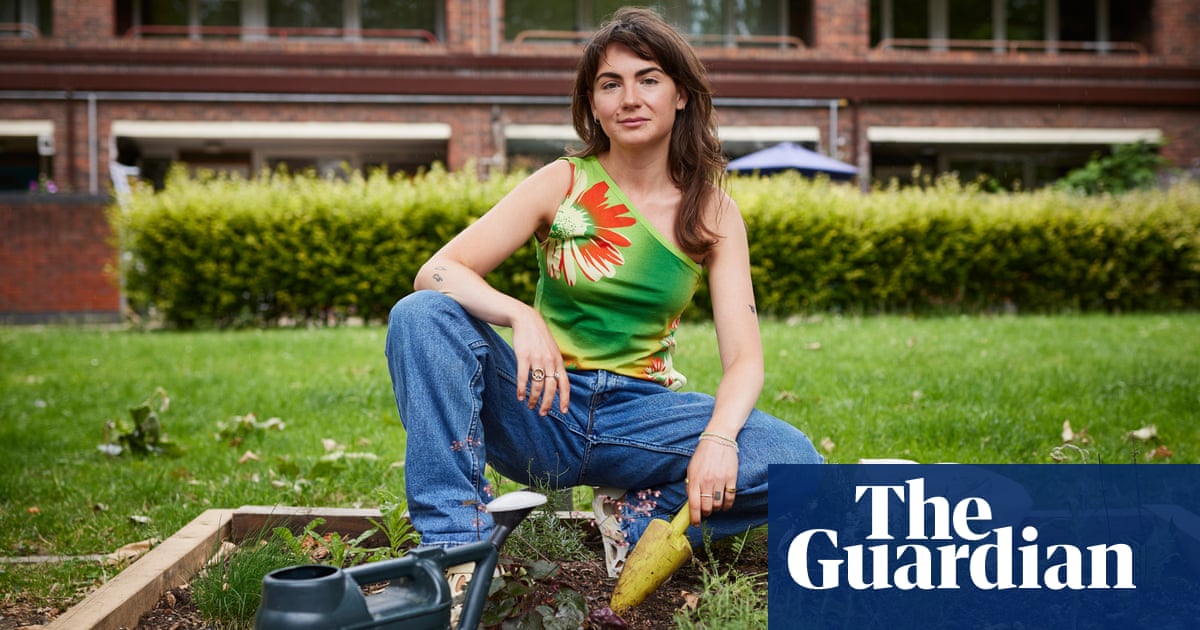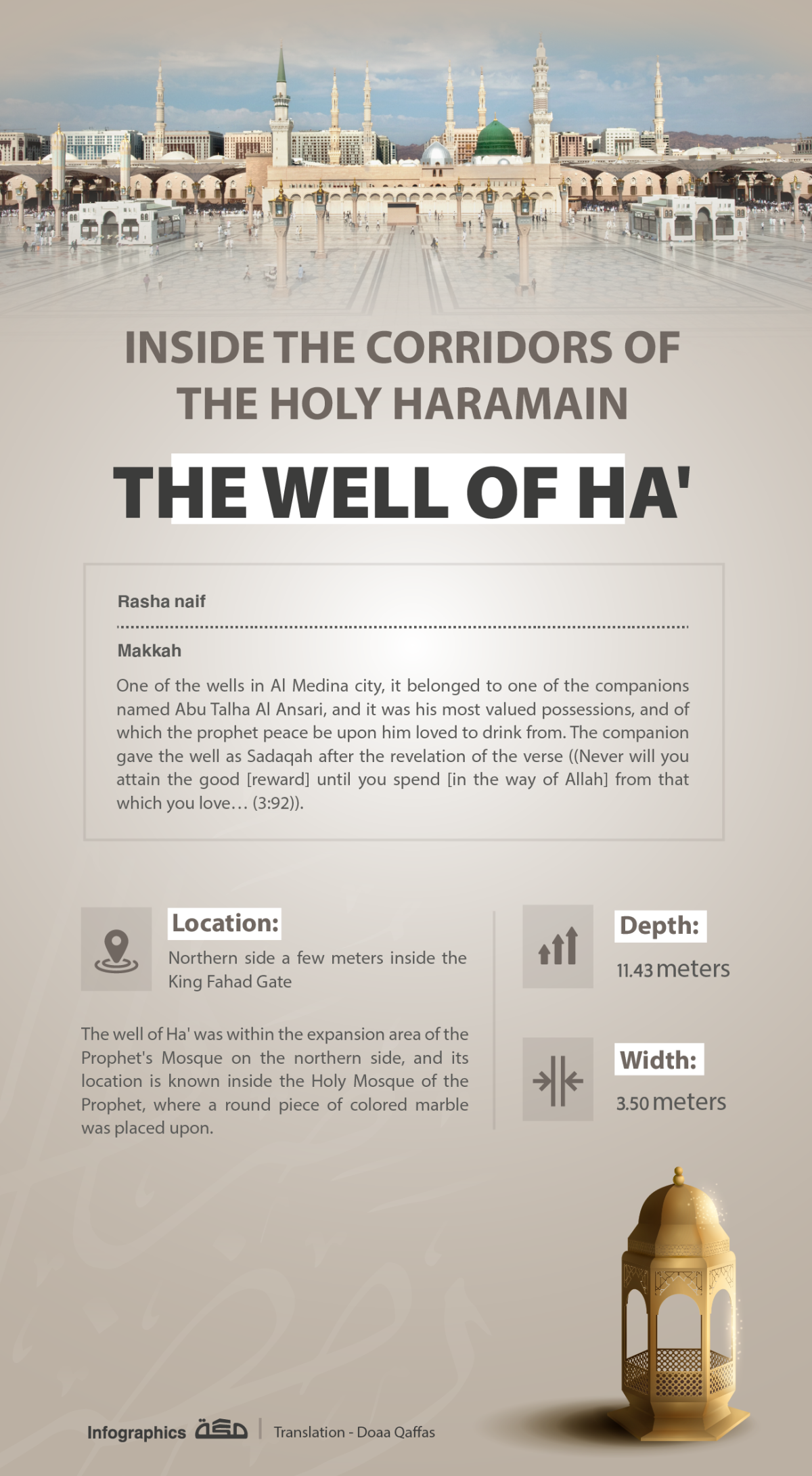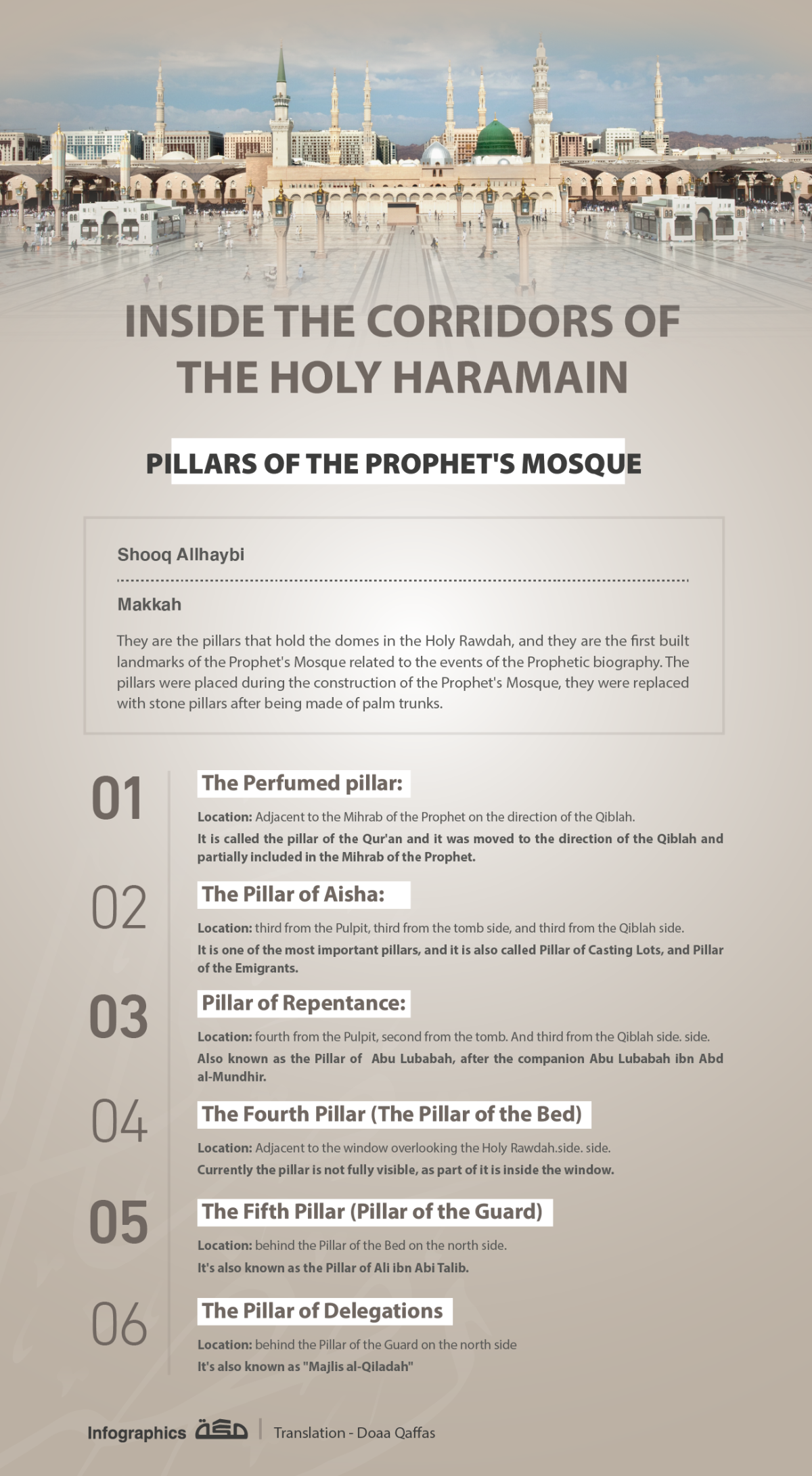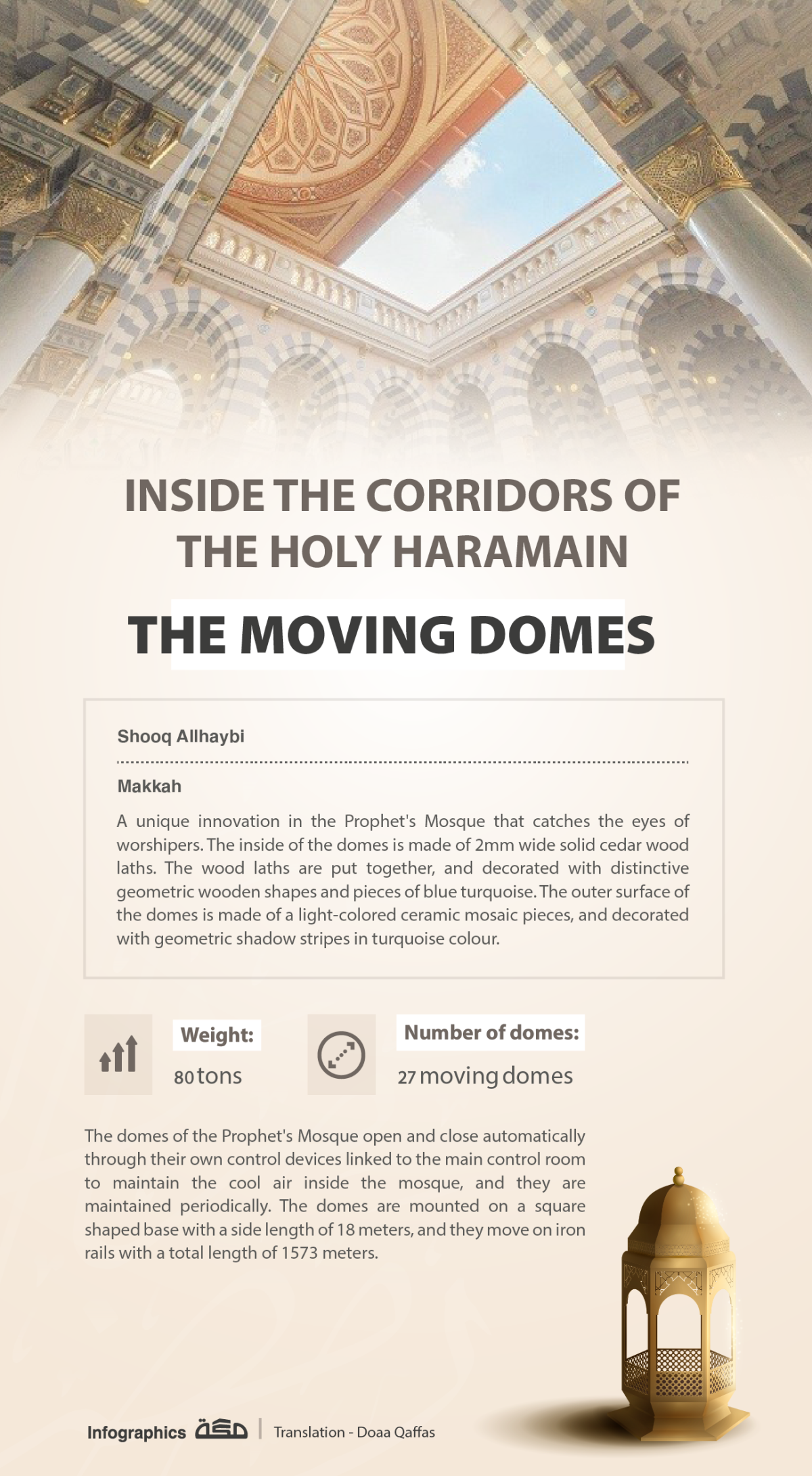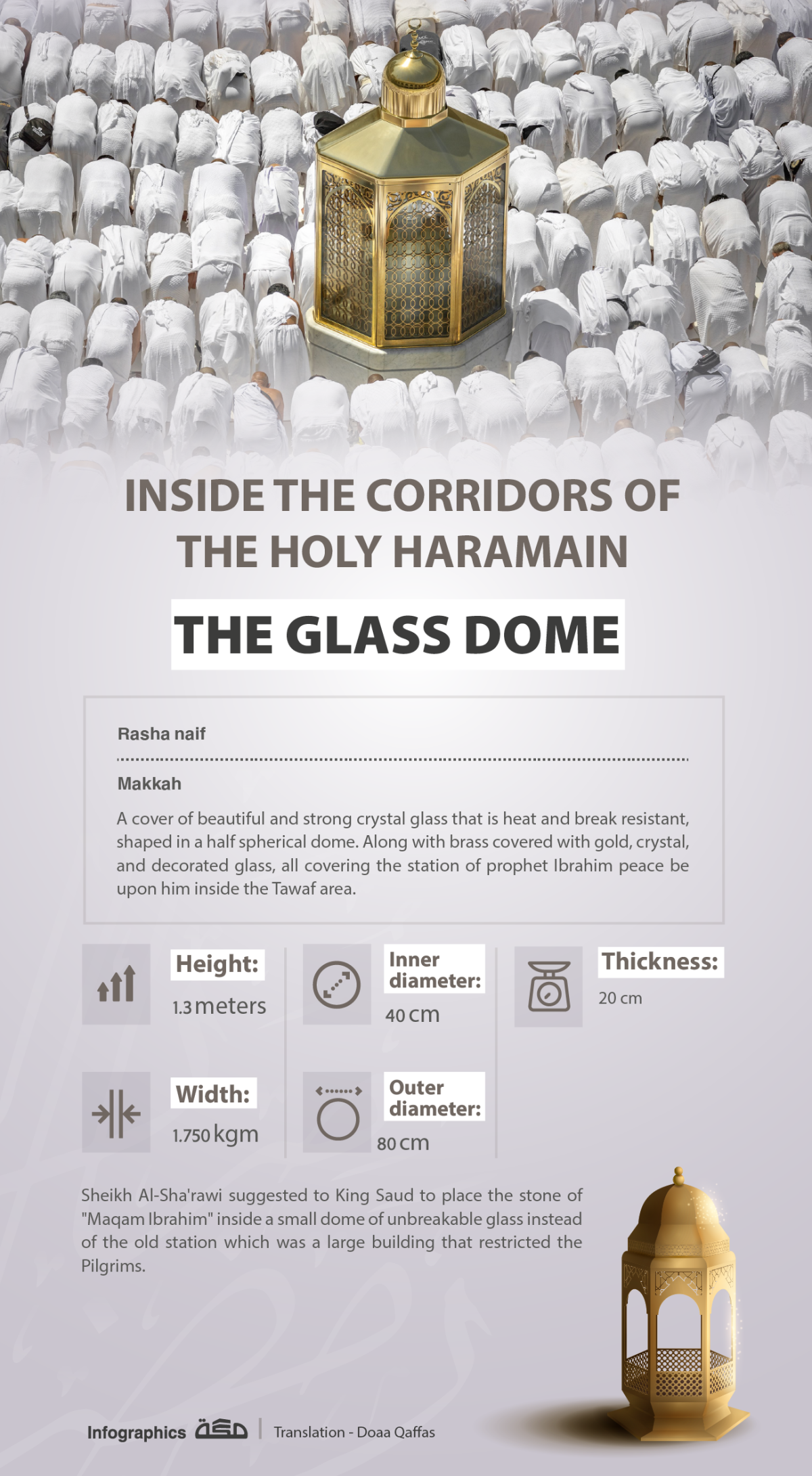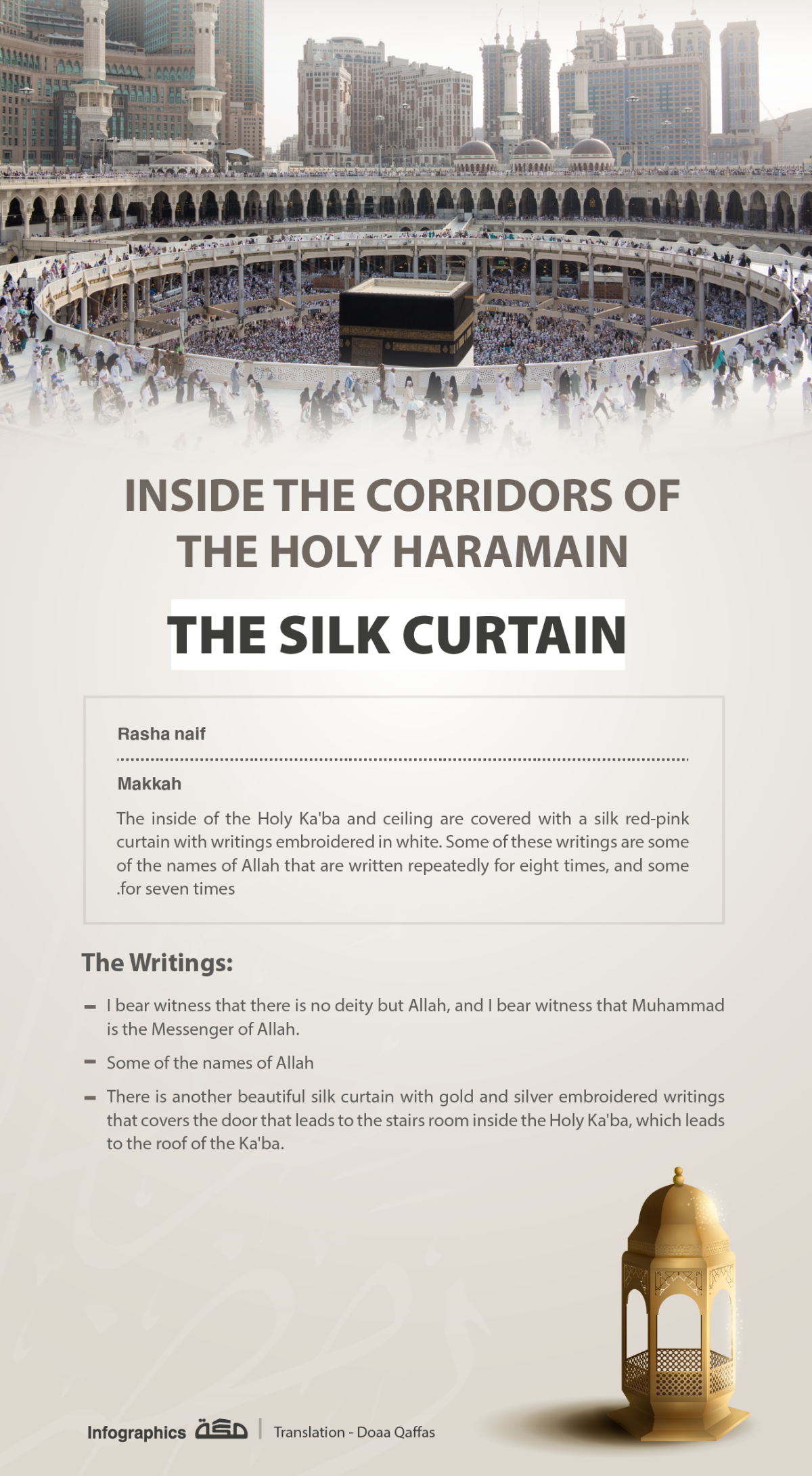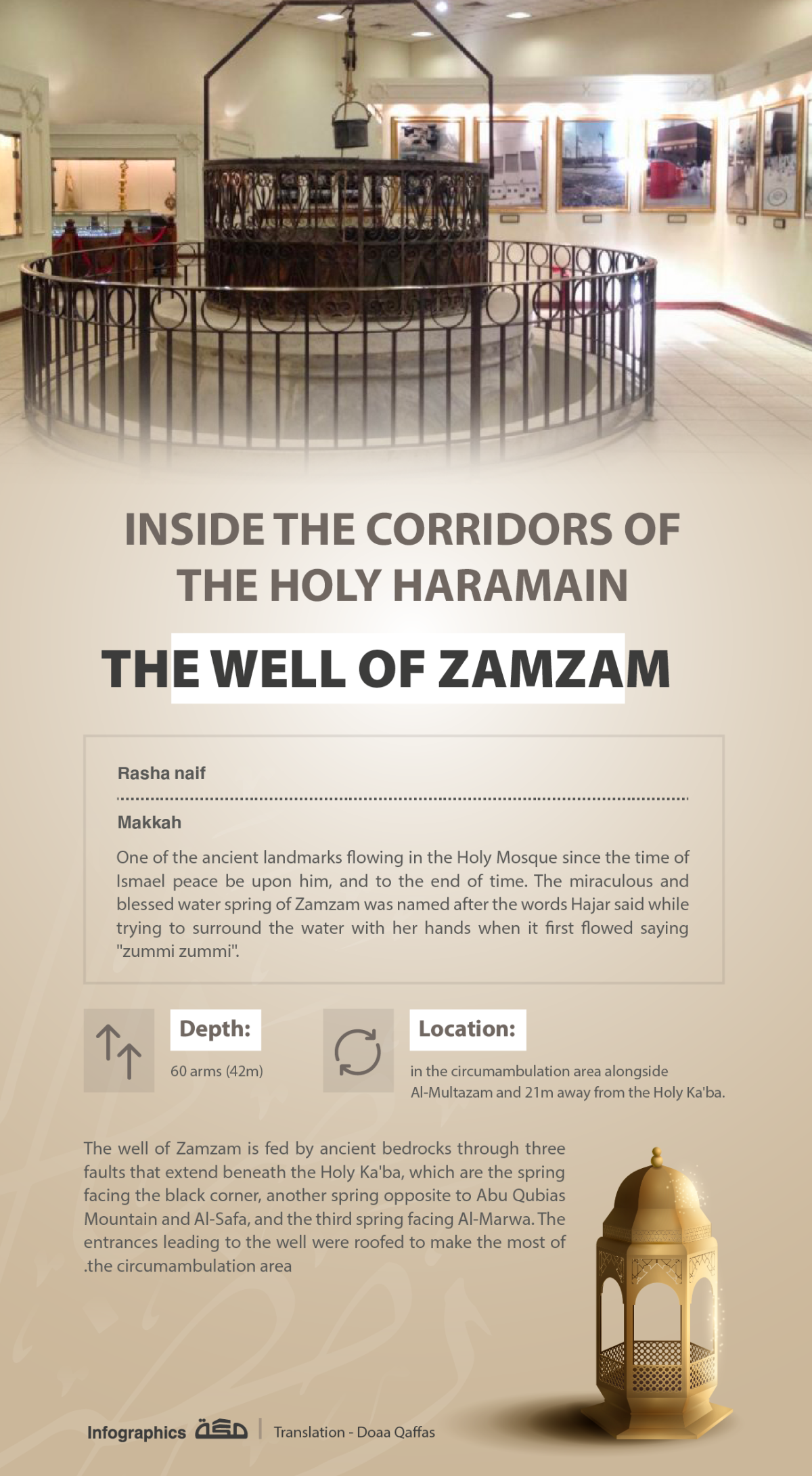
narrowboat moored to the towpath is offering passersby a “Shamanic ritual spa experience”. Its roof is decorated with an assortment of gongs, which are bonged occasionally by a man in a homemade cape. Across the water bobs a floating speakeasy cocktail bar that advertises a craft-beer-and-cheese-pairing cruise. Further along, diners are enjoying Szechuan aubergine with cashew cream in a Dutch barge that’s been converted into a restaurant. Beside it, a canoe hire company is running team-building paddleboarding expeditions.
As any Hackney Wick local will tell you, this corner of east London has changed drastically since the Olympic Games landed here in 2012. And this shift hasn’t just affected the kind of boats moored along the towpath. The once gritty edgeland of car-breaking yards, slaughterhouses and mountains of knackered fridges has long been swept away, replaced with all the trappings of hipster-infused regeneration. Tech startups now rub shoulders with microbreweries, while fresh rows of new-build warehouse-style apartments are accompanied by novel floating lifestyle concepts. But the latest arrival to the Lee Navigation moorings takes a more unexpected form.
“I think Reverend Captain Dave has a nice ring to it,” says the figure descending the steps into the new floating church that is moored outside Here East, a complex of offices and restaurants carved out of the old Olympic media centre. It’s a strangely fitting location. Before the Olympics arrived, the site was home to the Kingsway International Christian Centre, a sprawling warehouse church to which 12,000 worshippers were bussed every Sunday, making it one of the largest Christian congregations in Europe.
Equipped with a golden microphone and dressed in crisply pressed suits, Pastor Matthew Ashimolowo led glitzy services in a vast hangar-like auditorium, with the motto: “Raising champions, taking territories.” But his own territory was taken for the Games, leaving the congregation banished to a former cinema in Walthamstow, and then a converted scout hall even further away in Kent.
Back in Hackney Wick, the floating church’s cabin opens out into a lofty, nave-like space, with rows of plywood benches arranged in front of a flatpack altar, shaped like the prow of a ship. Sunlight streams in through a big halo-shaped window in the wooden ceiling, while a screen of translucent folded fabric rises up behind the altar, casting an appropriately celestial glow over London’s new canal-faring mobile chapel.
“I love the Olympic Park,” says the Rev Dave Pilkington. “But for a lot of local people, it felt like all this stuff had been foisted on them. There was a sense of people being pushed out, that all these new facilities weren’t for them. In an area undergoing such drastic transformation, with a whole new community arriving, we were wondering what role the church could play. Where is the space for spirituality in the midst of such rapid change?”
The answer is Genesis, as this bobbing place of worship is called. It was established by the Diocese of London to bring the Lord back to Hackney Wick – and beyond. The idea is that the boat will be moored here for up to five years while it builds up a local congregation, before setting off on a voyage around London’s waterways to find another area undergoing similarly rapid development (Old Oak Common and Kings Cross have been mentioned). The ambition is to leave something more bricks-and-mortar-ish in its wake. “Rather than investing millions in a new building,” says Rev Pilkington, “you can take the boat in and see what grows out of that, then look to establish something.”
The holy vessel is an arresting thing to encounter on the towpath, managing to stand out amid the colourful assortment of customised barges and bulbous converted lifeboats. The roof looks like it has been prised open, yawning wide like the gaping jaws of a crocodile, to reveal a screen of pleated fabric bellows – a feature that was a product of necessity.
“I originally pictured it as a glistening glass chapel,” says architect Murray Kerr, one half of Denizen Works, the small Hackney-based architecture practice behind the project. “Like the one in Oscar & Lucinda. But then we turned the page of the brief and saw a picture of a bridge. Whatever we came up with had to be low enough to fit under a canal bridge – but the diocese wanted it to have a ‘conspicuous presence’ at the same time.”
The architects’ poetic answer was to make a church that can literally rise and fall. The vessel is able to transform itself from low-lying streamlined barge to proud beacon towering over neighbouring boats, glowing from within. The 34-tonne widebeam was designed with naval architect Tony Tucker and built by Turks shipyard in Kent, while its bellows were stitched by sailmakers in Norfolk. The roof, inspired by a campervan, is powered by the same hydraulic lift you find in a dumper truck. “We didn’t want it to be too ‘architecturey’,” Kerr adds. “It’s a functional, utilitarian thing.”
Denizen Works has form in crafting nimble solutions. A client in Finland had tried for years to obtain planning permission for a sauna, to no avail, so they built her a mobile one on a sledge-like platform that could be towed out on to a frozen lake for a sweat session followed by a refreshing plunge. It slipped under the planners’ radar.
The floating church is a similarly expedient solution. The diocese had its sights set on building a permanent church on dry land in one of the Olympic Park’s new neighbourhoods. But the legacy development corporation in charge of the park doesn’t want buildings that are only used by a single denomination. It’s keen on “multi-faith” spaces instead – for which there has been little enthusiasm from religious groups so far. Presented with a temporary church on water, however, the planners had few grounds for objection.
Inside, beautifully crafted cabinetry lines the congregating space, with built-in seating in little niches along either side of the cabin like the aisles of a church in miniature. There’s capacity for 40 people (pre-pandemic) with additional benches and tables that can be folded away into cupboards. Flip-up aluminium window shutters have been laser-cut with a zigzag sail-stitch pattern, a motif that also runs around the outside of the boat in a pale blue graphic frieze.
“We didn’t want it to have any overt religious symbolism,” says Rev Pilkington. “It should feel more like a community hall.” With a background in youth and community work in nearby Tower Hamlets, the young priest’s take on the liturgy is as open and accessible as they come. He says his approach is based on the 12 steps of Alcoholics Anonymous, with Thursday evening gatherings organised around eating together (currently safely distanced, with numbers limited).
A fully equipped kitchen, office, wheelchair-friendly toilet and two platform lifts make this one of the most accessible crafts on the Lee, while the lack of visible churchiness should widen its appeal as a venue for hire. It has already hosted away days for NHS managers and BT Sport executives, providing a useful source of income to fund community activities.
Mission Genesis is the latest chapter in the Diocese of London’s increasingly entrepreneurial and agile approach, trying to juggling expansion in some areas while maintaining a vast estate of leaky and underused buildings in others. Both of the nearby Victorian parish churches have undergone clever refurbishments that expand their uses beyond Sunday services. When its ageing roof fell in in the 1990s, St Paul Old Ford had a new multi-storey timber building inserted into its nave, which now hosts everything from charity offices to a therapy gym and cafe. St Mary of Eton, to the north, is now flanked by decorative brick apartments, the sale of which paid for a full renovation of the church.
Founded in the 1880s, St Mary’s was the product of a Christian settlement established by the masters of the elite Eton College. Its mission was to tackle the vices of “drinking, gambling and generally street-loafing” in the den of iniquity that was Hackney Wick. Known as “The Sink”, this grimy part of east London was bounded by a railway, a river and marshes, not to mention fume-belching factories. Children who grew up here were up to a foot shorter than their top-hat-and-tails-clad Eton contemporaries.
Along with the church, Eton established an associated Boys’ Club here, to improve the lives of “the very roughest class of working boy” – and give its own privileged pupils a glimpse of how the other half lived. The local “ragged street-arab”, as club founder Gerald Wellesley put it, was introduced to the delights of football on Hackney Marshes, rowing on the river and skinny-dipping in a makeshift pool, building a legacy that is visible today in the huge field of football pitches stretching out across the marshes, still trumpeted as the biggest in the world.
Rev Pilkington is continuing the tradition, only without the public-school overtones. He has already organised five-a-side matches with his congregation and he is even hoping to conduct baptisms in the water, in a stretch known locally as the Hackney Riviera. “After all,” he says, “Jesus was baptised in the Jordan, which probably wasn’t too sanitised either.”




